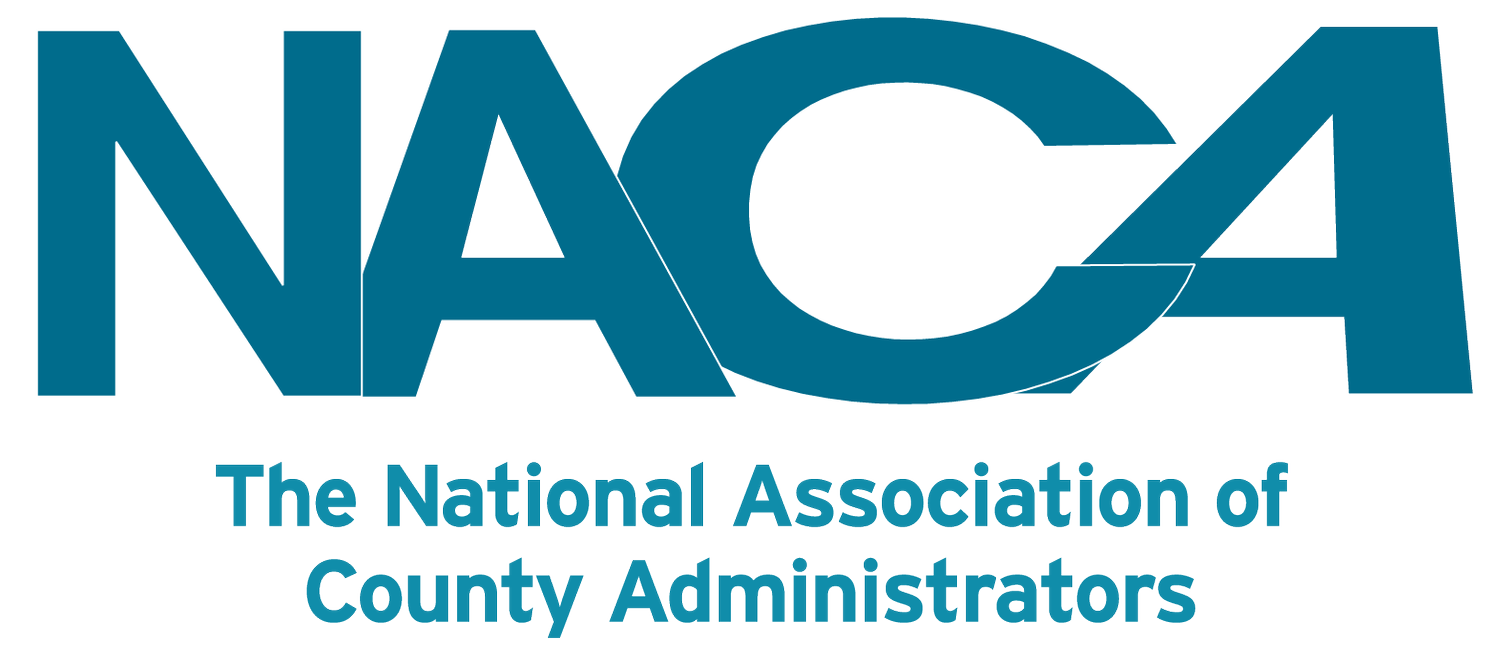Strengthening County Talent: Understanding the Crisis and what NACo is doing to Help
The Workforce Pressure Counties Face
A nationwide shortage of approximately 100,000 county jobs complicates service delivery across public health, infrastructure, law enforcement, and social services. Even as private-sector employment rebounds, local and state government jobs remain significantly below pre-pandemic levels.
MissionSquare Research Institute data reveal the deepening challenge: in 2023, 28 occupations were listed as 'hard to fill' by local governments, up from only a few in earlier years. Notably, 73% of respondents reported difficulty filling engineering roles, with corrections (77%) and nursing (75%) among the toughest to staff.[1]
A NACo report notes counties often post 50 or more vacancies in critical functions like child protection or law enforcement (e.g., Volusia County Sheriff’s Office) due to labor market competition and workload pressures.[2]
County-Level Case Studies That Illuminate Broader Trends
These staffing shortages have real-world consequences, as seen in counties across the country.
In Harris County, TX—the nation's third-most populous—detention officers and deputies are in short supply, driving heavy reliance on overtime and inmate outsourcing. In response, the county commission approved nearly $2.85 million in new funding to hire 150 officers and 25 deputies, with potential annual costs of $13.7 million to reduce contracting out inmate care. Vacancy reductions and retention incentives have been central to the response strategy.[3]
Greene County, NY has been grappling with severe shortages across its nine municipal and nonprofit ambulance squads, with personnel juggling multiple town shifts, high turnover, and inconsistent pay structures. Emergency response gaps have forced local leaders to consider countywide consolidation and budget reallocations of $1.6–$3.5 million to raise wages and attract staff. Local stakeholders stress urgency: as one said, “Staffing is the key element right now.” Without systemic change, residents risk not receiving timely emergency care—a risk many counties face in critical public safety roles.[4]
Why Hiring and Retention Are Tougher Than Ever
Why are hiring and retention so difficult? Several factors contribute to the problem:
Compensation constraints: average county wages run nearly 16% below private sector jobs.
Public sector image issues: perceptions of government work as bureaucratic or slow-moving.
Outdated hiring practices: rigid degree requirements, paper-based applications.
Aging workforce: baby boomer retirements without ready successors.
You don't have to face these challenges alone. Through NACo and NACo EDGE, NACo’s Enterprise for Government Excellence, counties can thrive. By integrating various services, NACo and NACo EDGE help you build a modern, resilient workforce.
How can NACo help?
NACo’s “Counties for Career Success” & Workforce Development Initiatives
This initiative supports counties in piloting education-to-employment pathways via peer learning and technical assistance. Counties partner with colleges and employers to launch apprenticeship programs, micro-credential pathways, and support systems like childcare and transportation.
NACo Workforce Network
This free platform offers HR professionals and administrators access to best practices around talent acquisition, retention, benefits strategy, workforce culture, and DEI initiatives—all key for building modern, resilient county teams.
How can NACo EDGE help?
Public Promise Procurement & Government Executive Recruitment
NACo’s Public Promise Procurement program includes a national contract (#571947) with WBCP, Inc., launched October 2024 and active through 2029, to support Government Executive Recruitment in counties.
Counties can now tap a single-award, competitively vetted contract to streamline high-level talent searches—reducing procurement burden, speeding hiring timelines, and increasing access to qualified, mission-fit candidates without reinventing the RFP process for each search.
Public Promise Insurance: Voluntary Benefits + PBM Savings
Public workforces often can’t match private-sector pay, but benefits matter. NACo’s Public Promise Insurance curates voluntary benefit packages—including dental, vision, supplemental life, critical-illness, disability, accident, and pet insurance—at affordable rates thanks to the scale of 3.6 million county employees nationwide - closing the compensation gap.
Pharmacy benefits often exceed 30% of county health-plan costs. NACo’s Public Promise PBM Coalition, partnered with CVS Caremark/Aetna, leverages pooled negotiation to deliver 15–25% average prescription cost savings for participating health plans.
Student-Debt Relief via SAVI: A Unique Recruitment Differentiator
To further enhance workforce satisfaction and retention, NACo Public Promise Insurance partners with SAVI, offering tools that help county employees identify and apply for student debt forgiveness. The platform scans over 150 repayment plans and automates PSLF (Public Service Loan Forgiveness) filings. Notably, 99% of Savi Essential users had PSLF applications accepted.
Integrating the Tools: How NACo EDGE Elevates Workforce Strategy
NACo EDGE provides an integrated toolkit that helps counties:
Recruit efficiently—leveraging Government Executive Recruitment contracts to find top leadership talent rapidly.
Offer compelling compensation packages through voluntary benefits and student debt support.
Control healthcare costs via the PBM Coalition.
Access peer-driven knowledge and best practices via the NACo Workforce Network.
| Metric | Data | Source |
|---|---|---|
| National county jobs shortage | ~100,000 | NACo Workforce Network |
| Public vs. private job recovery | 53% vs. 93% | Bureau of Labor Stats via NACo |
| Rx cost savings via PBM Coalition | 15–25% avg; Mecklenburg County: 28.1% / $7.5M | PBM Coalition & case study |
| Employee preference: benefits > pay | 80% | Public Promise Insurance |
| Happiness gain from benefits | 72% report happier | Public Promise Insurance |
| PSLF acceptance rate via SAVI | 99% | SAVI partnership stats |
NACo and NACo EDGE have Solutions to Today’s Challenges
The recruitment and retention landscape for county workforces is more challenging than it’s been in decades—but counties don’t have to go it alone. NACo EDGE delivers proven, scalable solutions that:
Reduce HR and procurement friction
Increase county competitiveness in the labor market
Lower healthcare costs while improving benefit quality
Help recruit younger workers and retain seasoned professionals
County Administrators should prioritize leveraging these tools—not in isolation, but as an integrated talent strategy reinforced by learning and peer networks. By doing so, counties can strengthen their ability to deliver vital services, preserve deep institutional knowledge, and build a sustainable, future-ready public workforce.
As the #1 advocate for county governments, your employees & your taxpayers, the public sector professionals of NACo EDGE are here to help you do more with your resources.
Thanks to NACo Edge for being a 2025 Partner with NACA!
Sources:
[1] https://www.countyadministrators.org/journal-fall-2023/blog-post-title-three-ml9jp?utm_source=chatgpt.com
[2] https://www.naco.org/resources/managing-county-workers-recruitment-retention-and-retirement?utm_source=chatgpt.com
[3] https://www.houstonchronicle.com/news/houston-texas/crime/article/harris-county-jail-staffing-funds-20199542.php?utm_source=chatgpt.com
[4] https://www.timesunion.com/hudsonvalley/news/article/greene-county-ems-cost-estimate-20158799.php?utm_source=chatgpt.com







